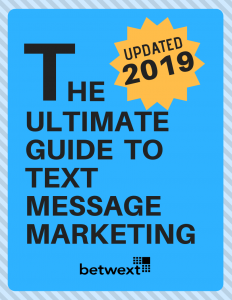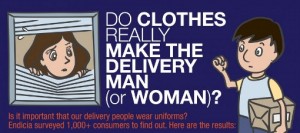The martech space is certainly growing rather than consolidating, but the growth is in small solutions and solutions incorporating pre-existing AI models.

“Nothing exists except atoms and empty space.” So said Democritus, but he wasn’t talking about the marketing technology landscape. Adobe, HubSpot, Oracle, Salesforce — these aren’t atoms; nor are they empty spaces. They are obvious examples of suites one might find at the center of martech stacks.
What surrounds them might be atoms; often tiny atoms; often a lot of them.
As Frans Riemersma points out in his piece today (it’s Martech Day!), the long tail of martech seems to be here to stay.
In the past seven years, the contribution of small long-tail tools hovered around 50%. That consistent number suggests that small tools play a role in company stacks that cannot be ignored or dismissed. Even though large vendors buy smaller ones, the tail is consistently long.
His comments, of course, herald the release of the latest Martech Landscape, which puts the number of current martech “tools” at 14,106. Last year? 11,308. Yes, that’s around 3,000 new entrants — and far from consolidating, fewer than 300 tools needed to be struck from the landscape this year, around 2%. “We’ve rarely seen such little churn,” said Scott Brinker in the Martech Day keynote.
Martech atomization
“Martech atomization refers to the role many small specialist tools play in stacks,” writes Riemersma. That’s the point I’d like to emphasize. What the long tail really consists of, by and large, is not substantial technology offerings but what used to be called “point solutions” — bits of software that do one thing and perhaps do it very well.
Strictly speaking, of course, each new solution might indeed represent a new vendor; someone, after all, is presumably selling it. But let’s avoid the illusion that these vendors are — again, by and large — fully staffed companies with offices and distribution centers. If I put a bit of software in the cloud and charge people a subscription to use it, suddenly I’m a tech vendor.
All I’m saying is that the staggering 9,295% growth in the martech space over 13 years can largely be explained by how easy it became to launch a “specialist app.” There is indeed something special about being a SaaS vendor. Imagine 9,295% growth over 13 years in…the hospitality sector or manufacturing or retail or the airline industry. You can’t.
AI is kind of everywhere
A closer look at the 3,000-ish new tools underlines that point. No fewer than 77% are genAI-based and more than half of those relate to content creation. I am going to stick my neck out and say that we are not seeing thousands of newly developed, independent large language models here. What we are seeing is a lot of specialist apps incorporating ChatGPT or something similar into their solution and presenting it as geared to a specific, narrow purpose.
In his Martech Day keynote, Riemersma confirmed that many of these are ChatGPT-based, the popular LLM being “encapsulate(d) into an offering.”
Indeed, our weekly roundup of new AI-powered martech releases shows, again and again, vendors adding genAI to their existing technology, often giving it a cool new name. Let me emphasize: There is nothing wrong with this. GenAI may well add enormous value to a solution and nobody can be blamed for taking their share of the massive investment in genAI that’s out there.
Just let’s not imagine that we are witnessing the appearance of countless, newly created, AI-powered martech tools. “We’ll see where it’s going,” said Riemersma in his keynote. “This is a very volatile area.”
The post Martech’s long tail: Countless tiny atoms appeared first on MarTech.
(14)
Report Post







